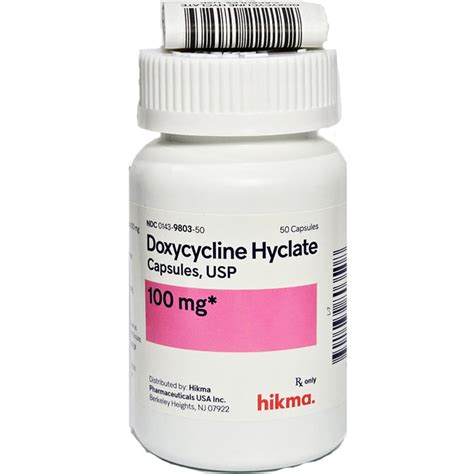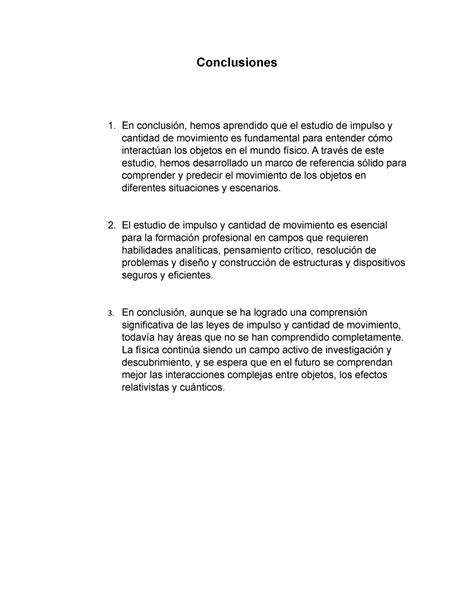Intro
Discover key facts about Doxycycline Hyc, including its antibiotic uses, dosage, and side effects, to understand this medications role in treating infections, acne, and more, with insights into its mechanism, benefits, and precautions.
Doxycycline hyclate is a widely used antibiotic that belongs to the class of tetracyclines. It is prescribed for various bacterial infections, including respiratory tract infections, skin infections, and urinary tract infections. The importance of understanding doxycycline hyclate lies in its effectiveness, potential side effects, and proper usage to ensure the best treatment outcomes. As we delve into the world of doxycycline hyclate, it's crucial to recognize its benefits and limitations, making informed decisions about its use.
The mechanism of action of doxycycline hyclate involves inhibiting protein synthesis in bacteria, which is essential for their growth and replication. By binding to the 30S subunit of the bacterial ribosome, doxycycline hyclate prevents the addition of new amino acids to the growing protein chain, thereby stopping the bacterial growth. This action is bacteriostatic, meaning it inhibits the growth of bacteria rather than killing them outright. Understanding how doxycycline hyclate works is vital for appreciating its role in treating bacterial infections and its potential impact on the body.
Doxycycline hyclate is prescribed for a wide range of infections due to its broad-spectrum activity. It is effective against both Gram-positive and Gram-negative bacteria, making it a versatile option for various infections. However, the overuse and misuse of antibiotics like doxycycline hyclate have contributed to the growing problem of antibiotic resistance. It is essential to use doxycycline hyclate responsibly, following the prescribed dosage and duration of treatment to minimize the risk of resistance and ensure the best possible outcome.
Introduction to Doxycycline Hyclate

Benefits of Doxycycline Hyclate
The benefits of doxycycline hyclate include its ability to treat a wide range of bacterial infections, its convenience of use due to less frequent dosing, and its relatively low cost compared to other antibiotics. Additionally, doxycycline hyclate has anti-inflammatory properties, which can be beneficial in treating certain conditions such as acne and rosacea. Its use in these dermatological conditions highlights the versatility of doxycycline hyclate beyond traditional antibiotic applications.Working Mechanism of Doxycycline Hyclate

Steps for Effective Use
For the effective use of doxycycline hyclate, it is crucial to follow the prescribed dosage and duration of treatment. This includes: - Taking the medication at the same time each day to maintain consistent drug levels in the body. - Completing the full course of treatment, even if symptoms improve before finishing the medication, to ensure the infection is fully cleared. - Avoiding the use of doxycycline hyclate for viral infections, as it is ineffective against viruses and can contribute to antibiotic resistance. - Being aware of potential side effects and reporting them to a healthcare provider if they occur.Side Effects and Precautions

Precautions and Interactions
Precautions and potential interactions with other medications should also be considered. Doxycycline hyclate can interact with a variety of medications, including blood thinners, and decrease their effectiveness or increase the risk of side effects. Additionally, it is crucial to avoid taking doxycycline hyclate with dairy products or minerals like calcium, iron, or magnesium, as these can significantly reduce its absorption and effectiveness.Practical Examples and Statistical Data

Benefits in Dermatology
In dermatology, doxycycline hyclate is used for its anti-inflammatory properties, in addition to its antibacterial effects. It is commonly prescribed for acne and rosacea, where it can help reduce the number of lesions and improve skin appearance. The benefits of using doxycycline hyclate in dermatology include its ability to target multiple factors contributing to these conditions, such as inflammation and bacterial overgrowth, making it a valuable treatment option.Conclusion and Future Perspectives

Final Thoughts
As we look to the future, the continued development of antibiotics like doxycycline hyclate will be essential in the fight against bacterial infections. Research into new mechanisms of action and the development of antibiotics that can overcome resistance will be vital. Furthermore, education on the proper use of antibiotics and the risks associated with their misuse will play a critical role in preserving the effectiveness of these life-saving medications.What is doxycycline hyclate used for?
+Doxycycline hyclate is used to treat various bacterial infections, including respiratory tract infections, skin infections, and urinary tract infections, due to its broad-spectrum activity.
How does doxycycline hyclate work?
+Doxycycline hyclate works by inhibiting protein synthesis in bacteria, which is essential for their growth and replication, thereby stopping the bacterial growth.
What are the common side effects of doxycycline hyclate?
+Common side effects of doxycycline hyclate include nausea, vomiting, diarrhea, and sensitivity to sunlight. More severe side effects can include allergic reactions and liver damage.
We invite you to share your thoughts and experiences with doxycycline hyclate in the comments below. If you found this article informative, please consider sharing it with others who might benefit from this information. Your engagement and feedback are invaluable in creating a community that promotes informed discussion and responsible use of antibiotics.
